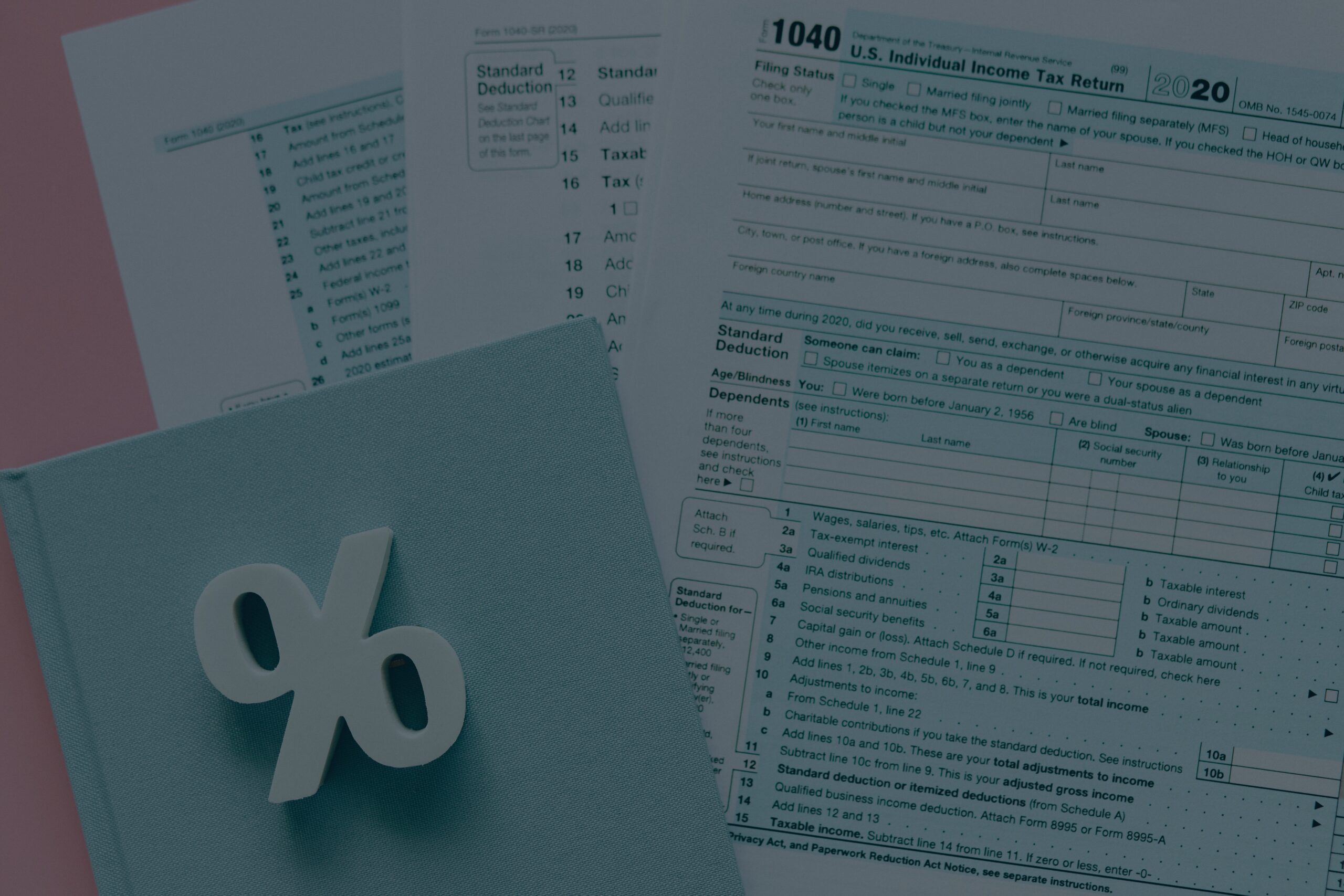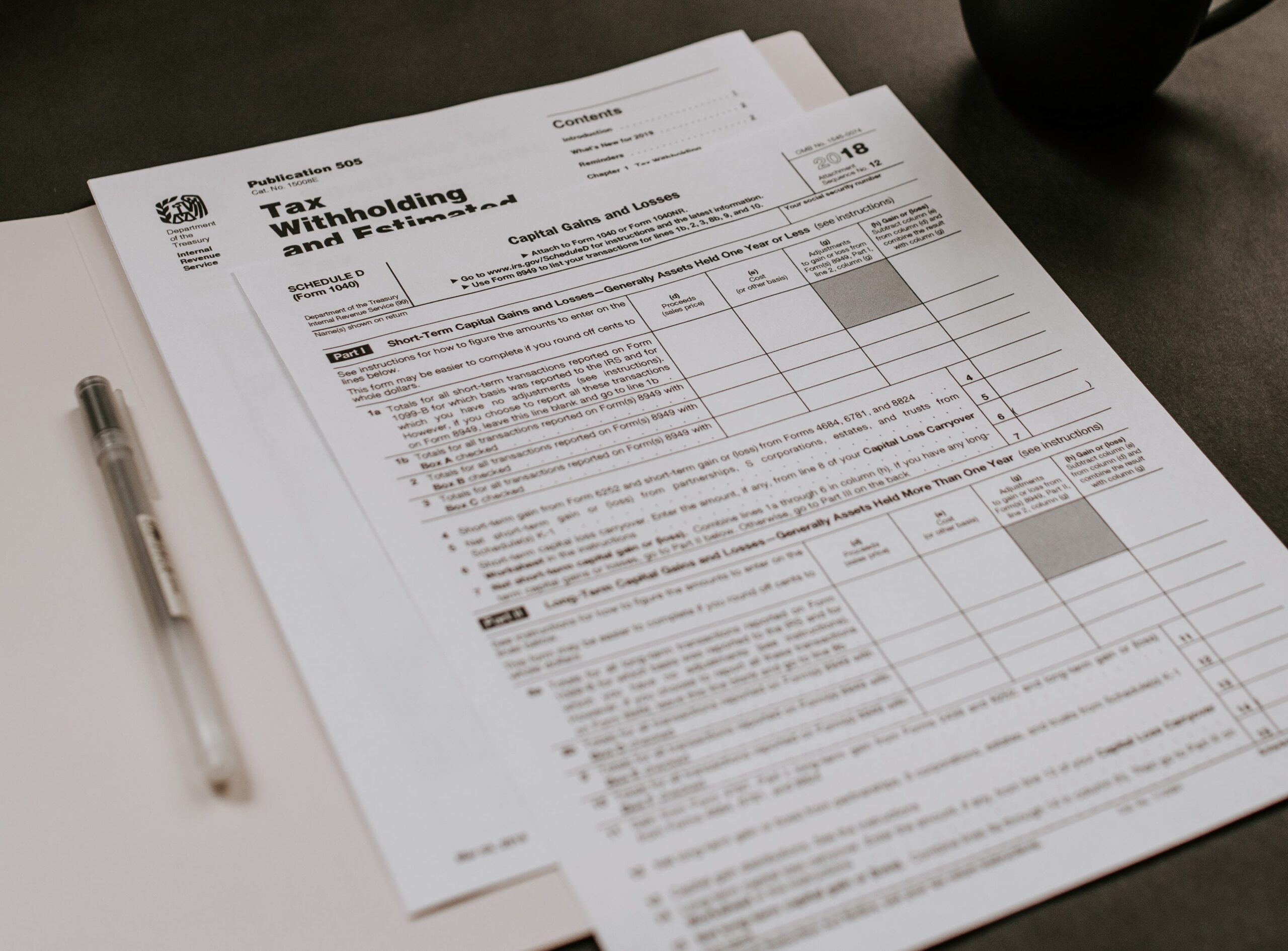The Biden administration’s tax proposals are far-reaching and are designed to raise revenue to pay for infrastructure and other spending priorities under the American Jobs Plan and the American Family Plan. The tax revisions would increase the top individual and corporate tax rates, eliminate favorable capital gains rates, overhaul the taxation of U.S. multinationals, increase the imposition of the estate tax, and eliminate perceived “loopholes” that are viewed as primarily benefitting the wealthy.
This article will focus on the impact that these proposals may have on the real estate and construction industries. While these proposed measures are subject to negotiation and political horse-trading, the benefit can be gained from awareness of the process and taxpayers can begin to strategize if and how they can mitigate the impact of these potential tax increases.
Elimination of Internal Revenue Code (IRC) § 1031 – Like-Kind Exchanges for Gains Above $500,000
With 1031 exchanges, real estate investors can sell a real estate investment property and exchange that for a like-kind investment and defer the payment of capital gains taxes. IRC § 1030 enables real estate investors to defer capital gain taxes if they invest the profits from one real estate sale into another. These transactions have been used to buy and sell real estate and it has been a source of capital for investors. Investors do not recognize any capital gain until the property is sold without a corresponding purchase of real estate.
Often investors would use these transactions to modernize and update the newly purchased real estate, which led to additional work for the construction industry. Also, many real estate investors continue to exchange properties under IRC § 1031 until their death, at which point the decedent’s tax basis in the replacement property would be stepped up to fair market value and the previously deferred gain was avoided. This strategy will also be affected by the President’s proposal to eliminate the step-up in tax basis at death.
Reducing or Eliminating the Step-Up in Basis at Death
Under IRC § 1014, the tax basis of property that a taxpayer owns is stepped up to its fair market value upon the taxpayer’s death. This step-up allows a beneficiary who then inherits that property to immediately sell it without recognizing any taxable gain.
If the beneficiary instead holds the property for a period, only the portion of the ultimate gain that is attributable to appreciation, which occurred after inheritance, will be subject to income tax.
The American Families Plan proposes to eliminate this step-up in basis for gains of $1 million or more – $2 million or more for married taxpayers filing jointly. The administration has noted that family-owned businesses and farms that continue to be run by heirs will be exempt from this rule, but details regarding this exemption were not provided. As noted above, the elimination of the basis step-up and like-kind exchange rule will have an impact on the real estate sector. Moreover, if this proposal is enacted, it will require improved recordkeeping for the basis of assets held at death to substantiate the basis of the property.
Increasing the Capital Gains Rate
The President has proposed an increase to the tax rate on capital gains and dividends to 39.6% for households making more than $1 million. When combined with the 3.8% Net Investment Income Tax, this would increase the maximum federally imposed rate of taxes on capital gains to 43.4%. The current rate of tax on these items of income is 20% The President indicated in his budget that the effective date of the increase in the capital gains rate would be retroactive to April 28, 2021, the day he announced the American Families Plan. As a result, sales of the property after that date will have no impact on minimizing the tax if this provision is retroactive.
Reduction of Qualified Business Income Benefits
In addition to the changes to the tax rates, the TCJA (Tax Cuts and Jobs Act) made it possible for self-employed taxpayers and small business owners to deduct up to 20% of their qualified business income (QBI) from “qualified trades or businesses,” including real estate ventures. Biden’s tax proposal would phase out the QBI deduction under IRC § 199A for high-income earners making over $400,000.
Elimination of Bonus Depreciation
One of the most impactful things to come out of the TCJA for real estate investors, in particular, was the ability to immediately deduct a large percentage of the purchase price of eligible assets through bonus depreciation, rather than writing them off over the useful life of that asset. This is a form of accelerated depreciation.
For example, when you spend money on improving your property via new appliances, furniture, landscaping, and other real estate property improvements, you can use bonus depreciation to deduct the entire cost in the year you spend the money, or you can deduct them little by little over time. The President’s tax plan has proposed that bonus depreciation be eliminated altogether, something that could drastically impact real estate investors.
Elimination of Carried Interests Benefit
Under IRC § 1061, the gain a partner recognizes related to their ownership of a carried interest (also known as a profits interest) has historically been taxed at favorable long-term capital gains rates. However, an abundance of negative publicity regarding the use of this perceived “loophole” by the private equity and hedge fund industries resulted in the TCJA imposing a three-year holding period for certain carried interests in order to obtain long-term capital gain treatment.
The president’s proposal seeks to “close the carried interest loophole,” which presumably means treating carried interest like ordinary income. Since many real estate partnerships are structured to provide the developer with a carried interest, this change would have a significant impact on the expected economics of many existing deals if the proposal is passed without any grandfather provisions (which is what happened when the holding period for capital gain treatment was increased to three years).
Conclusion
Any potential down-turn in real estate investment will have a corresponding impact on the construction industry. If you have any questions regarding any of these tax proposals, please call RVG & Company at 954.233.1767 to discuss this with one of our tax and accounting advisors in real estate and construction.






